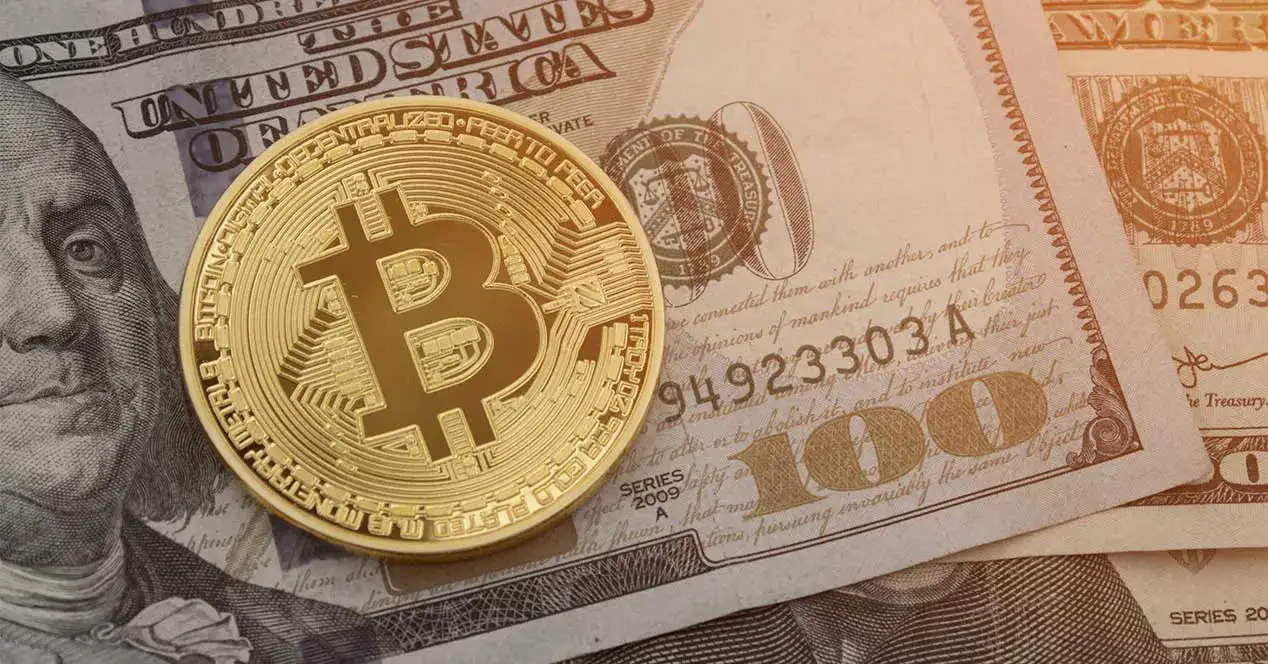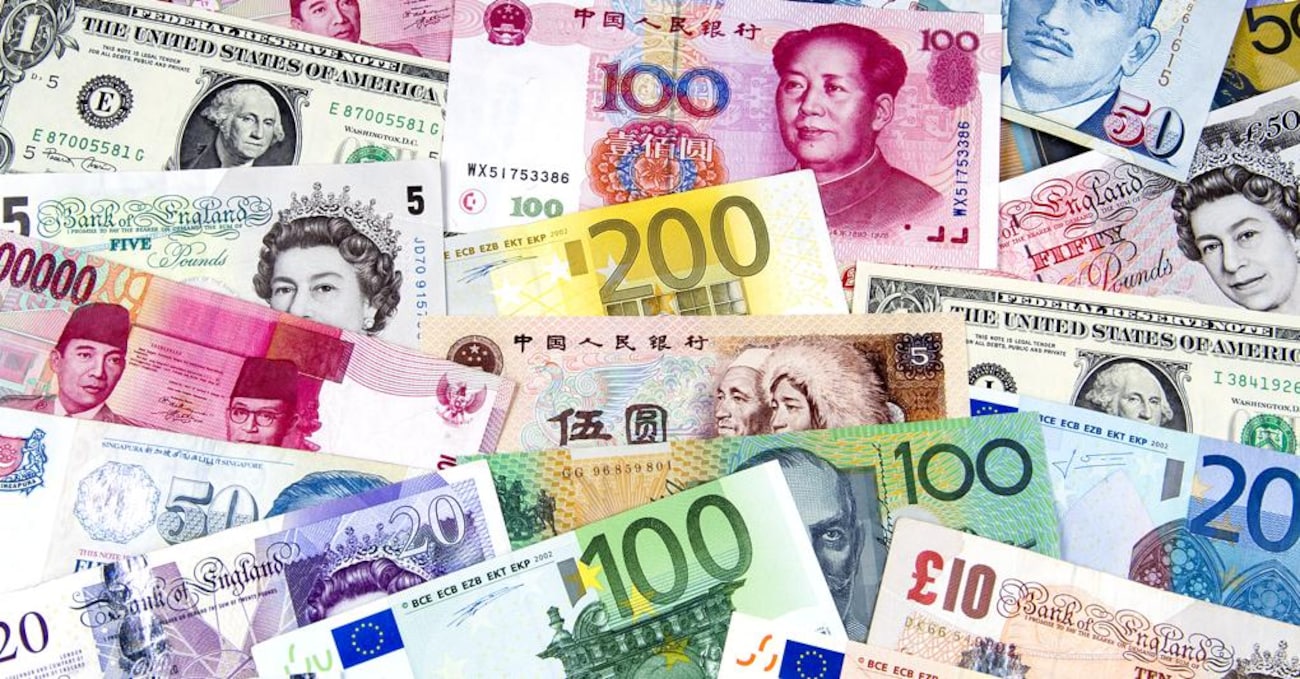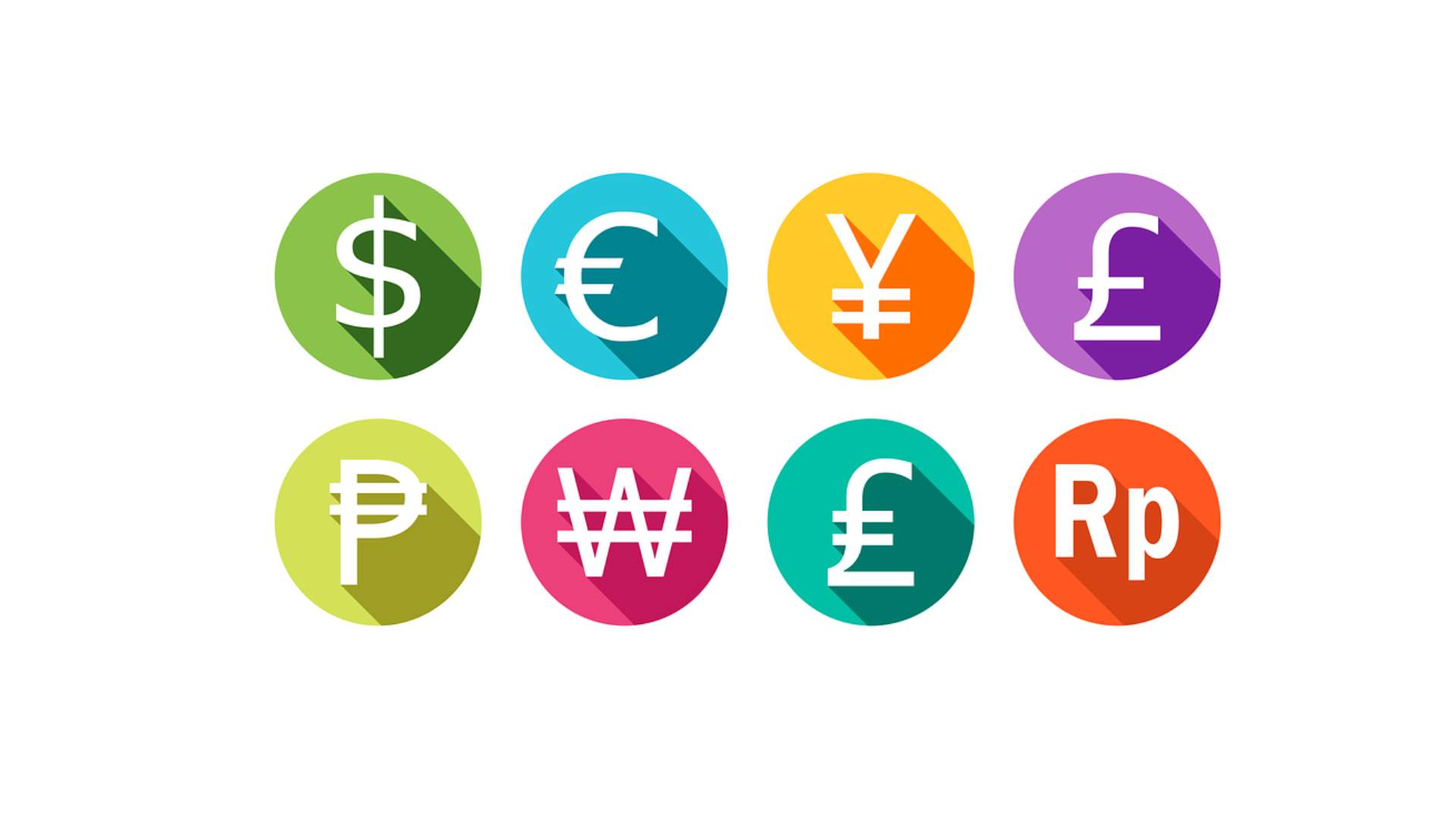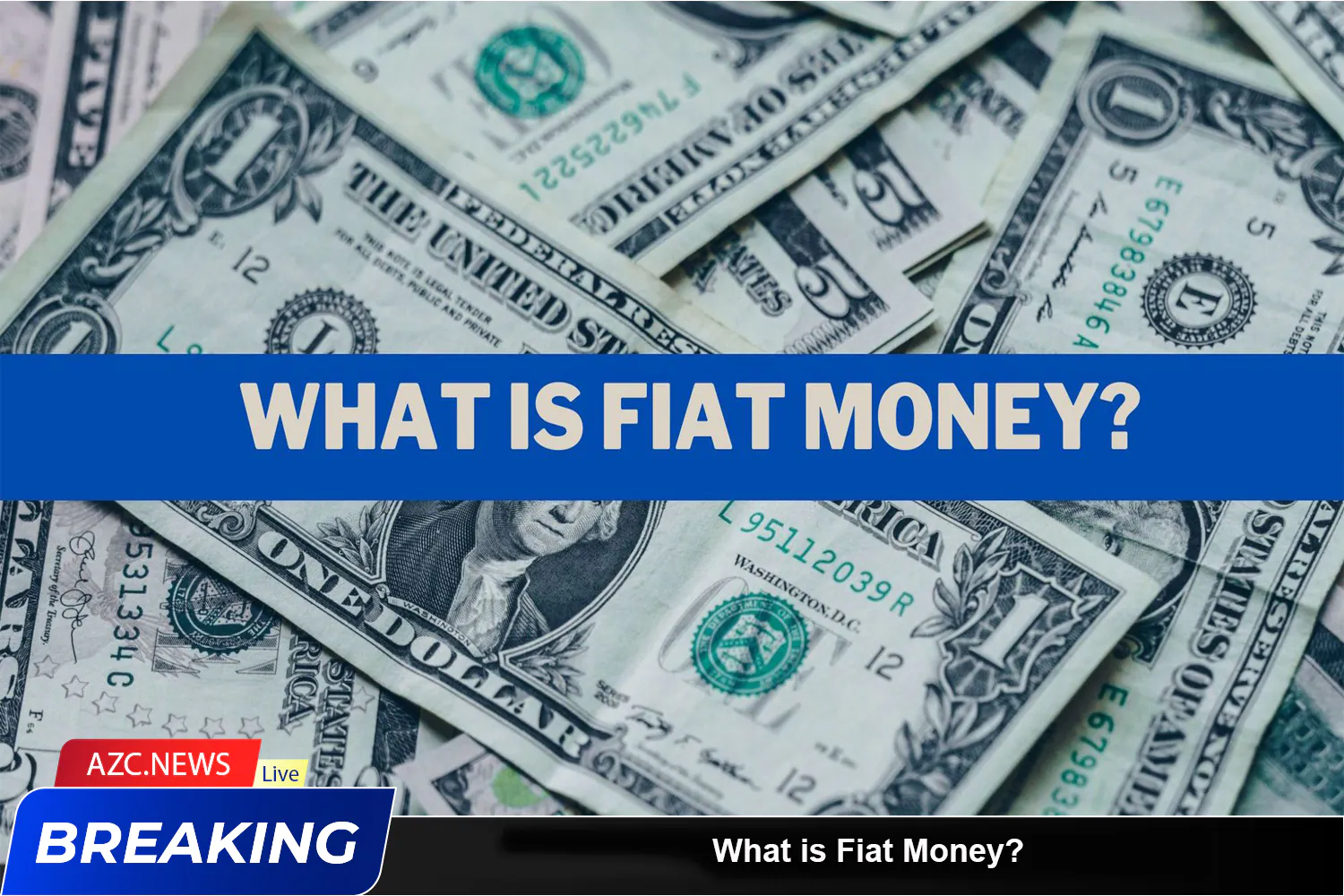What is Fiat Money?
Fiat currency is a modern form of currency issued and guaranteed by a national government. Unlike commodity money based on precious metals, this currency derives its value solely from the trust and recognition of society in the issuing authority.
Unlike traditional commodity money, fiat money is not tied to its intrinsic value but rather derives its value from the trust and commitment of the issuing authority to maintain stable macroeconomic conditions. The government controls the money supply, ensuring liquidity and stability through monetary and fiscal policy tools.

Fiat currency is the sole official means of payment accepted in domestic transactions within a country. All organizations and individuals in the economy are required to use this currency for the exchange of goods, services, or repayment of debts. The government ensures the value and circulation of the currency through necessary measures.
Major world currencies such as the US Dollar, Euro, Japanese Yen, etc., are typical examples of fiat money. The widespread circulation and global recognition of these currencies attest to the international community’s strong confidence in the economic prowess and robust monetary policies of the issuing countries.
How does Fiat Money Work?

The operation mechanism of fiat currency includes the following key steps:
- Issuance: The government, through the central bank or authorized financial institutions, puts fiat money into circulation.
- Valuation: The government determines the face value and adjusts the value of the currency through regulatory measures to ensure the money supply matches transactional demand and economic conditions.
- Supply Management: The central bank manages the money supply on the market through tools such as reserve ratios, open market operations, and interest rate adjustments.
- Legal Tender: Fiat currency is the only accepted means of exchange in the social-economic transactions of the issuing country, including payments, commercial activities, and finance.
- Stability Assurance: The government commits to maintaining the value and stable liquidity of the currency through monetary policy management, appropriate fiscal measures, contributing to sound macroeconomic development.
Advantages and Disadvantages of Fiat Money

Advantages
- Universal and Easy to Use: As the official currency of a nation, fiat money is universally recognized and widely used in all economic transactions, from daily commercial activities to major financial transactions.
- Stability and High Liquidity: Issued and managed by reputable state institutions with strong financial capabilities, fiat currency ensures stable value and abundant circulation in the market, fostering trust and confidence among economic agents.
- Legally Protected and Valued: Fiat currency issuance and circulation activities are specifically regulated by national legal systems. Any transaction involving fiat money is legally recognized and protected, contributing to economic stability and development.
- Tightly Managed Mechanism: Governments, through central banks, exercise tight control over the money supply through regulatory tools such as reserve ratios, open market transactions, and interest rate policies. This ensures that the circulating money supply meets the macroeconomic needs and economic realities, limiting inflation risks.
Disadvantages
- Dependence on Government Financial Policies: The value of fiat currency is directly influenced by fiscal and monetary policies set by the government. Inappropriate policy measures relative to actual economic conditions can lead to currency volatility and instability.
- Lack of Intrinsic Value Guarantee: Unlike commodities, fiat currency lacks any fundamental value source other than what the government dictates. If public trust in the government’s economic management falters, the currency’s value can decline significantly.
- High Inflation Risk: Uncontrolled increases in fiat money supply can lead to significant inflation risks in the economy. When inflation escalates, the currency’s value will correspondingly decrease, causing asset loss and reduced purchasing power for individuals.
- Lack of Decentralization: The entire control and issuance of fiat currency lie in the hands of the government and state institutions. This makes fiat currency susceptible to political changes or social instability in the issuing country.
You can sign up for a Binance account here
Comparison between Fiat and Cryptocurrency
Fiat currency and cryptocurrency are two forms of currency with fundamental differences, distinguishing between traditional and modern, centralized and decentralized. Below is a comprehensive comparison between the two:

Principles of Issuance and Management:
- Fiat currency is issued and controlled by national governments and central banks, governing all monetary policies and the circulating money supply.
- Cryptocurrency is entirely decentralized, issued, and managed by blockchain technology algorithms, without the interference of any government or central organization.
Legal Status and Acceptance:
- Fiat currency holds legal value and is widely recognized as the official means of payment in economic transactions.
- Cryptocurrency is still evolving in terms of legal status. The level of acceptance and use depends on each country or region’s regulations.
Security and Transparency:
- Fiat transactions are monitored and recorded through banking systems, ensuring transparency but with less anonymity.
- Cryptocurrency utilizes cryptography and blockchain technology to ensure security, privacy, and high anonymity for users.
Price Volatility and Liquidity:
- Fiat currency values are relatively stable due to controlled monetary policies and high liquidity when accepted by society.
- Cryptocurrencies experience high price volatility, instability, and low liquidity due to various influencing factors and limited transaction capabilities.
Supply Management Mechanisms:
- Fiat currency has an elastic supply, which can be increased into circulation at the government’s discretion, posing inflation risks.
- Cryptocurrencies often adhere to fixed supply rules, limited from inception, unable to arbitrarily increase the money supply, limiting inflation risks.
Related: What is Cryptocurrency? Ways to Earn Money in Cryptocurrency
Examples of Fiat Currencies of Various Countries

Some representative fiat currencies include:
- USD (United States Dollar): The currency of the United States, the most commonly used reserve and international payment currency today.
- EUR (Euro): The common currency of the European Union, used in most member countries.
- GBP (British Pound): The currency of the United Kingdom, one of the world’s important reserve currencies.
- JPY (Japanese Yen): The currency of Japan, the world’s third-largest economy.
- CNY (Chinese Yuan): The currency of China, the second-largest global economy.
Additionally, other countries also issue their own fiat currencies such as CAD (Canadian Dollar), AUD (Australian Dollar), CHF (Swiss Franc), HKD (Hong Kong Dollar), SGD (Singapore Dollar), etc. These currencies serve the economic exchange needs within geographic regions worldwide.
Conclusion
Fiat money, also known as national currency, is a type of currency issued and regulated by a country’s government or central bank. With its widespread global acceptance and undeniable role in daily commercial activities, fiat money is indispensable in modern economic systems and life. Despite some limitations, fiat money is still considered an important and stable means of payment to date.
Through the article “What is Fiat Money? How Does Fiat Money Differ from Cryptocurrency?” have you understood fiat money or not? If not, please leave a comment below for clarification!








Very understandable
Goni
cảm ơn. đã cho tôi hiểu rỏ hơn về tiền tuệ.làm sao để tiền điện tử được bảo đảm hơn tiền pháp định?
Very informative
Well understood. Thanks so much.
Wow! What a rich article.
Understood,👍
Understood
Thanks